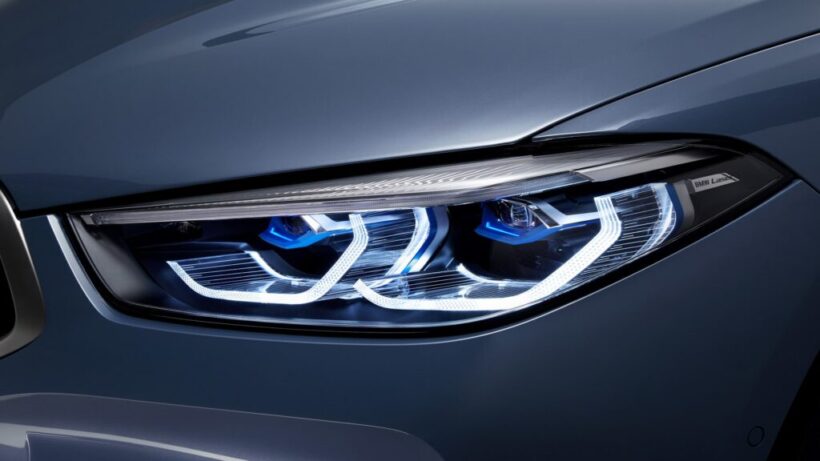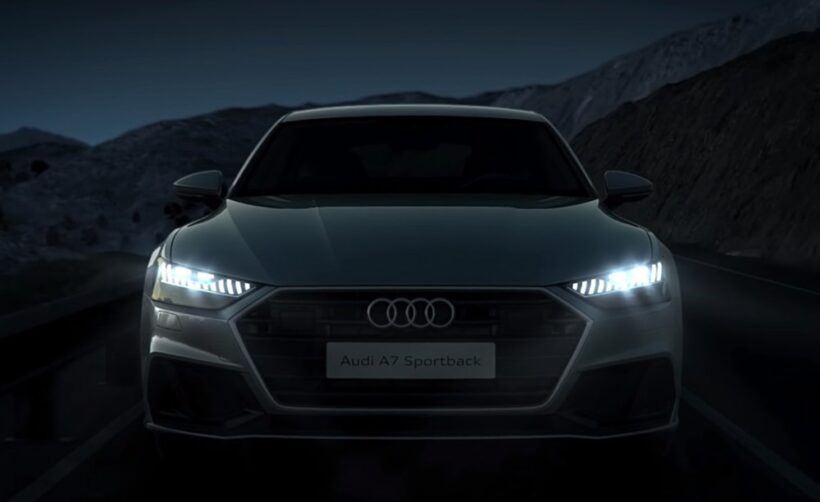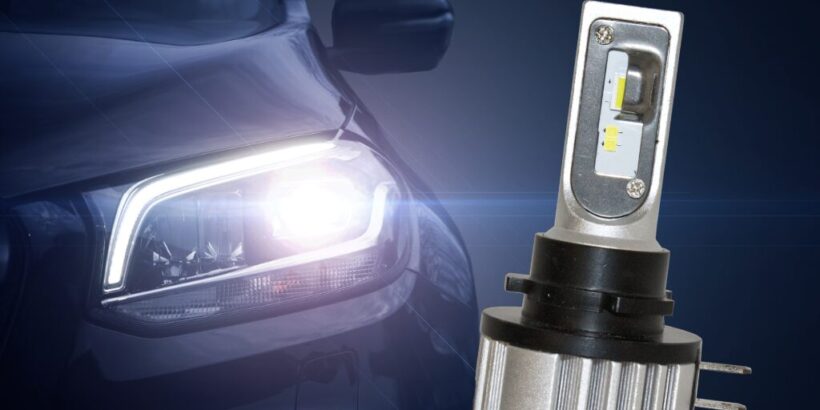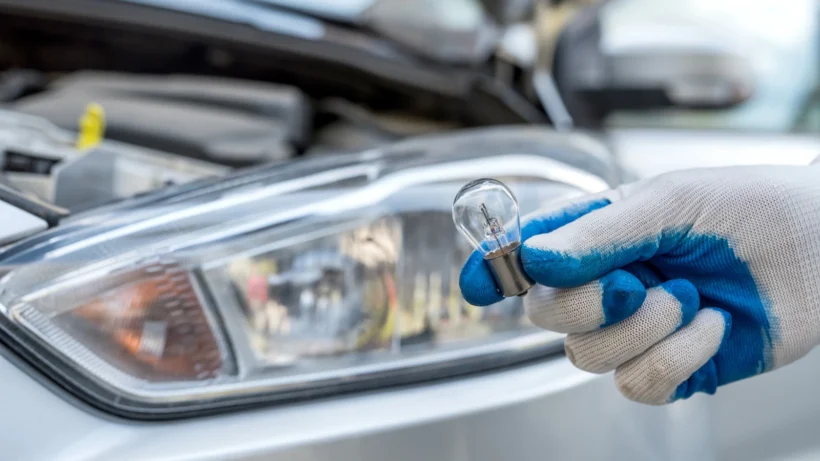The importance of quality headlights for safe driving cannot be overstated. Your vehicle’s headlights not only improve your visibility during the night but also make your vehicle visible to other drivers. Among all the types of headlights available, LED headlight bulbs stand out due to their exceptional features. Known for their longevity, durability, and brighter illumination, LED headlights are a favored choice for many drivers. In this blog post, we will delve deep into the world of LED headlight bulbs, exploring their types, sizes, illumination levels, benefits, and so much more.
Understanding LED Headlight Technology

LED stands for Light Emitting Diodes. These small, solid-state devices generate light through the movement of electrons in a semiconductor material. This technology offers numerous advantages over traditional halogen bulbs, which rely on heated filaments to produce light. LED lights are more efficient, using less power for the same amount of light output. They also have a longer lifespan, with many offering up to 50,000 hours of use compared to halogen bulbs’ average of 2,000 hours.
LED headlight bulbs are composed of multiple components, each playing a critical role in their functioning. These include the standard chip (the light source), heat sinks (to prevent overheating), and the driver (to regulate power). The precision of these components together produces a well-defined beam pattern with a bright, white light that vastly improves road visibility.
Types of LED Headlight Bulbs
LED headlight bulbs come in various types, with single-beam and dual-beam being the most common. Single-beam bulbs have one function: either the high beam or low beam, requiring two bulbs for each headlight. In contrast, dual-beam bulbs perform both functions, providing both high and low beams from a single bulb.
The choice between single-beam and dual-beam largely depends on your vehicle’s compatibility and the specific applications you have in mind. Single-beam bulbs are straightforward to install but may not provide the same level of flexibility as dual-beam bulbs. On the other hand, while dual-beam bulbs offer comprehensive lighting solutions, they may not fit all vehicles and might be slightly more expensive.
Choosing the Right Bulb Size
Choosing the right LED bulb size for your vehicle is crucial to ensure optimal performance and fit. Common bulb sizes include H1, H4, H7, H11, H13, and 9004, each compatible with specific vehicle models.
Choosing the correct bulb size isn’t as daunting as it seems. Check your vehicle’s owner’s manual or consult your vehicle manufacturer to confirm the right bulb size for your car. Opting for the right size ensures your headlights will fit perfectly into your vehicle’s headlight housing, allowing for the proper beam pattern and illumination.
Illumination Levels and Color Temperature
The brightness and illumination levels of LED headlights are significantly superior to other types of headlights. Generally measured in lumens, LED headlights can provide up to 4000lm per bulb, offering impressive visibility.
Meanwhile, the color temperature, measured in Kelvins (K), impacts both visibility and aesthetics. Lower temperatures (3000K-5000K) produce a warm, yellowish light, while higher temperatures (6000K-8000K) emit a cool, bluish light. While it’s largely a matter of personal preference, most drivers opt for bulbs around 6000K for a balance of style and functionality.
Beam Patterns and Light Distribution

LED headlights come with various beam patterns, including low beams, high beams, and fog lights. The choice of beam pattern can significantly affect your visibility on the road. Low beams provide a broad, short-range light perfect for city driving, while high beams emit a long-range light for country roads and highways.
Correct light distribution is essential for safe and effective lighting on the road. Too much scatter or an incorrectly aligned beam can cause glare and discomfort to oncoming drivers. Therefore, when choosing your headlights, it’s crucial to consider your regular driving conditions and ensure your beam pattern is suitable.
Regulations and Compliance
LED headlights are subject to various legal requirements and regulations. These regulations aim to ensure the safety of all road users by controlling factors like brightness, beam pattern, and color.
In the U.S., LED headlights must comply with DOT (Department of Transportation) regulations. It’s important to ensure that your headlights are DOT-compliant to avoid fines or penalties. This guarantees legal compliance and ensures you’re installing safe, reliable, and high-quality lights.
Benefits of LED Headlight Upgrades
Upgrading to LED headlights brings numerous benefits. Their superior brightness and clarity improve visibility, while their longer lifespan reduces the need for frequent bulb replacements. LED lights are also more energy-efficient, drawing less power from your vehicle’s electrical system.
Beyond their practical advantages, these headlights offer improved aesthetics. Their bright, white light gives your vehicle a modern, stylish appearance, enhancing both its look and its resale value.
Installation Process and Considerations
Installing LED headlight bulbs is generally a straightforward process, although some vehicles might require additional steps or special tools. Begin by removing the old bulbs, being careful not to touch the bulb glass with your bare hands. Install the new bulbs, connect the plug, and ensure they’re securely fitted.
Remember to always prioritize safety during the installation. Always disconnect your vehicle’s battery before installing to avoid electric shocks. If you encounter any difficulties, consider seeking professional help.
Maintenance and Care for LED Headlights
Despite their longevity, LED headlights still require regular maintenance. This includes cleaning the bulbs and checking for any signs of damage.
When handling LED bulbs, avoid touching the LEDs themselves, as oils from your hands can damage the diodes. Regularly check for flickering, dimming, or color changes, which could indicate a problem. With proper care, these headlight bulbs can provide years of reliable service.
Common Myths and Misconceptions
Several myths surround LED headlight bulbs, leading to misconceptions about their performance and legality. Some people worry that LEDs cause excessive glare or are incompatible with certain vehicles. However, with proper installation and alignment, LED headlights provide a clear, well-distributed beam that minimizes glare.
Conclusion
LED headlight bulbs are an outstanding option for those seeking enhanced illumination on the road. With their longevity, superior brightness, and energy efficiency, they offer an impressive blend of performance and practicality. While choosing the right LED headlights for your vehicle might require a bit of research, the benefits they bring make the process entirely worthwhile. So why wait? Illuminate your drive with LED headlights today.


